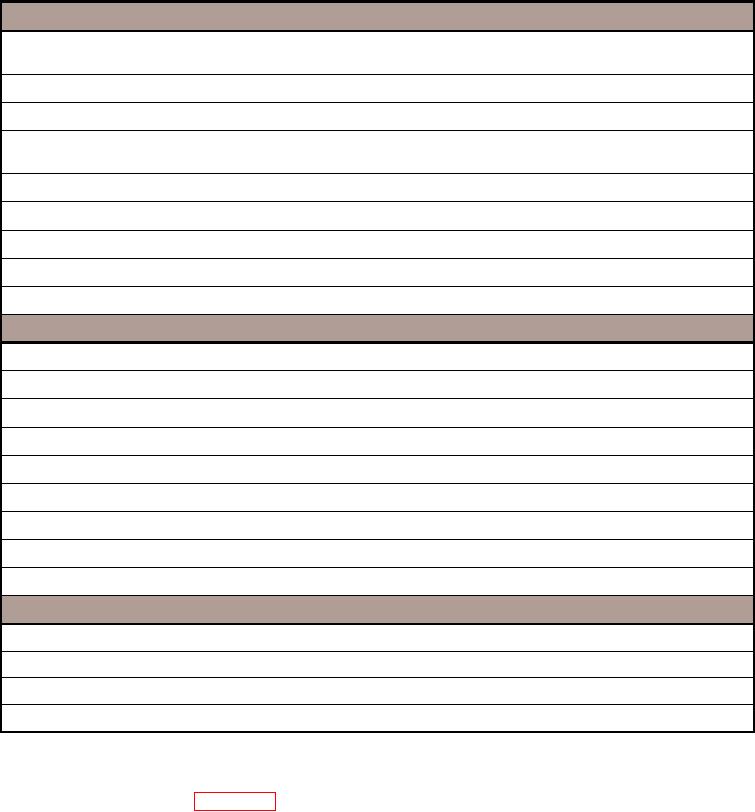
NAVAIR 01-1A-509-3
01 March 2005
TM 1-1500-344-23-3
TO 1-1-689-3
Table 8-4. ESD Sensitivity Categories
Class 1: Extremely Sensitive - Voltage ranges from 0 to 2 kV
Unprotected metal oxide semiconductor (MOS) and field effect transistors (FETs) Integrated Circuits (ICs).
Particularly very large scale integration (VLSI) devices, including microprocessors.
MOS capacitors (op amp internal compensation).
Junction FETs (JFETs) and low current silicon controlled rectifiers (SCRs) with current capacity less than 0.15 A.
Microwave maximum operating frequency of very high frequency (VHF) transistors and ICs. Especially Schoattky
device with more than 1 gigahertz.
Precision IC voltage regulators (tolerance less than 0.5%).
Precision thin film resistors (tolerance less than 0.1%).
Low power thin film resistors (power consumption less than 0.5 W).
VLSI with dual-level metallization.
Hybrids using Class I parts.
Class 2: Sensitive - Voltage ranges from 2 to 4 kV
MOS with ESD protection networks (CMOS, NMOS, PMOS).
Schottky diodes (silicon switching diodes).
High-speed bipolar logic, emitter coupled logic (ECL), and low power Schottky.
Transistor logic (LS-TTL).
Schottky TTL (S-TTL).
Linear ICs.
Precision resistors (RL).
LSI devices with ESD protection circuits.
Hybrids utilizing Class 2 parts.
Class 3: Less Sensitive - Voltage ranges from 4 to 16 kV (sometime considered non ESD sensitive)
Small signal diodes (power consumption less than 1 W).
Small signal transistors (power consumption less than 5 W).
Low speed bipolar logic (TTL), diode transistor logic (DTL), and high threshold TTL (H-TTL).
Quartz and piezoelectric crystals.
destroy a bonding connection if suitable precautions
field debris will also contribute to ESD shielding
are not observed (refer to Chapter 6). Damage to
degradation of the avionic enclosure. This buildup
bonding/grounding hardware can cause the buildup of
introduces a nonconductive film between electrical
static potentials that could result in a spark discharge.
contact materials which can often severely degrade
Without regular maintenance, the buildup of metal
ESD protection.
oxides, absorbed atmospheric pollutants, dust, and

